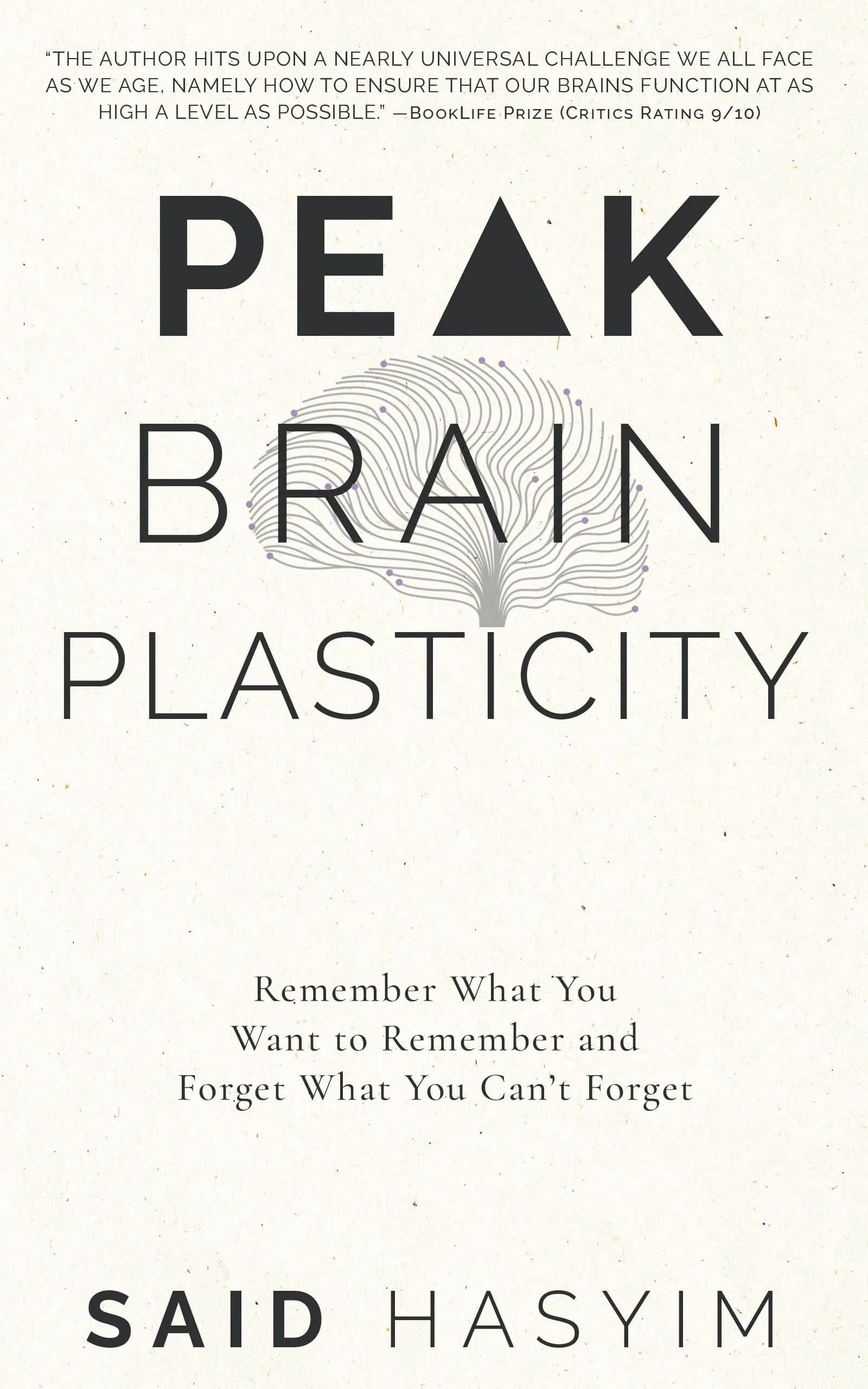The Neuroplasticity Factor in Skill Acquisition
When we think about learning new skills, whether it’s playing a musical instrument, mastering a sport, or learning a new language, we often focus on the methods we use to acquire that skill. We might discuss practice techniques, cognitive strategies, and various educational tools. However, one of the most fascinating and vital aspects of skill acquisition that is frequently overlooked is the concept of neuroplasticity—the brain's remarkable ability to reorganize itself by forming new neural connections throughout life. In this blog post, we’ll explore the role of neuroplasticity in skill acquisition, how it works, and practical ways to harness this power for effective learning.
What is Neuroplasticity?
Neuroplasticity is the brain's intrinsic ability to adapt and change in response to learning, experience, and environmental factors. Traditionally, scientists believed that the brain’s structure was relatively fixed and that adults could not regenerate or reorganize neural connections. However, research has shown that this isn’t the case. Neuroplasticity demonstrates that our experiences can result in physical changes in the brain, allowing us to develop new skills, memories, and competencies.
Neuroplastic phenomena can be categorized into two types:
Structural Plasticity: This refers to the brain’s ability to physically change its structure in response to learning or experience. For instance, the brain of a concert pianist undergoes structural changes in areas responsible for motor control and auditory perception.
Functional Plasticity: This is the brain's ability to move functions from damaged areas to undamaged areas. This is particularly evident in stroke recovery, where patients can relearn how to perform tasks by utilizing different brain regions.
The Science Behind Neuroplasticity and Skill Acquisition
The process of acquiring a new skill involves several intertwined concepts related to neuroplasticity:
1. Myelination
Myelination is the process of forming a fatty sheath around the axons of neurons. This sheath, called myelin, facilitates faster signal transmission between neurons. When we practice a skill repeatedly, the neural pathways associated with that skill become more myelinated, which improves efficiency and speed. This means that with practice, skills become more automatic, and we exert less conscious effort when performing them.
2. Synaptic Strengthening
Learning induces changes in the strength of synapses, which are the connections between neurons. This process is driven by mechanisms such as long-term potentiation (LTP) and long-term depression (LTD). With repeated exposure to a skill, specific synaptic pathways strengthen, making retrieval and execution easier and faster over time.
3. Neurogenesis
Neurogenesis refers to the generation of new neurons. Traditionally thought to occur mainly during development, recent studies have shown that neurogenesis can continue into adulthood, particularly in regions like the hippocampus, which is associated with memory and learning. Engaging in activities that challenge our cognitive and physical abilities stimulates the growth of new neurons, further enhancing our capacity to acquire new skills.
4. Brain Mapping
Skill acquisition can lead to reorganization in brain areas responsible for those skills. This phenomenon is often measured using functional MRI or EEG, and studies have shown that dedicated practice can significantly alter the layout of brain maps. For example, a study on expert jugglers showed increased gray matter in regions responsible for hand-eye coordination compared to non-jugglers.
Practical Implications of Neuroplasticity in Skill Acquisition
Now that we understand the science behind neuroplasticity in skill acquisition, let’s explore practical strategies to harness this phenomenon:
1. Deliberate Practice
Deliberate practice emphasizes quality over quantity. Rather than simply repeating the same task, focus on pushing the limits of your ability, seeking feedback, and making adjustments. This approach sharpens your skills and promotes neuroplastic changes more effectively than mindless repetition.
2. Interleaved Learning
This technique involves mixing different skills or topics rather than focusing on one for an extended period. Research indicates that interleaving can enhance retention and promote deeper understanding, leading to more robust neural pathways.
3. Mindfulness and Meditation
Mindfulness and meditation practices have been shown to increase gray matter in the brain and improve functional connectivity. Regular meditation can enhance focus, attention, and emotional regulation—all factors that contribute to successful skill acquisition.
4. Cross-Training
Engage in activities that require different types of skills. For example, if you’re learning to play guitar, try learning a new sport. This variety can stimulate different brain areas, promoting overall neural flexibility.
5. Rest and Recovery
Rest is an essential component of skill acquisition. Sleep consolidates memories and promotes neurochemical processes essential for learning. Incorporate regular breaks and get quality sleep to allow your brain to process new information.
6. Healthy Lifestyle Choices
A nutritious diet, regular physical exercise, and social interaction have been linked to increased neuroplasticity. Activities that promote overall well-being boost brain health and cognitive function, thus supporting skill acquisition.
Conclusion
Neuroplasticity provides a powerful framework for understanding how we can acquire new skills throughout our lives. Recognizing the brain's capacity for change and growth allows us to adopt more effective learning strategies that leverage this innate ability. As we navigate our journeys of skill acquisition, let us embrace the transformative nature of our brains and cultivate a lifelong love of learning.
Whether you are picking up a new hobby or striving for mastery in a professional domain, understanding and applying the principles of neuroplasticity can help unlock your potential and enhance the learning experience. Embrace the adaptability of your brain, and watch your skills flourish!
Harness the Power of Neuroplasticity
Discover Peak Brain Plasticity, a practical book to harnessing neuroplasticity. Enhance your memory, learn new languages quickly, and alleviate anxiety with effective study methods. Uncover daily habits that impact cognitive health and explore techniques for accelerated learning and memory retention. Unlock your brain's potential for growth and transformation.
